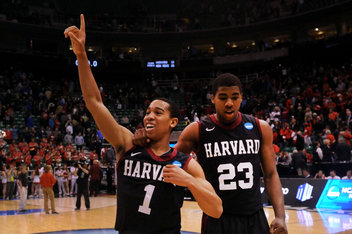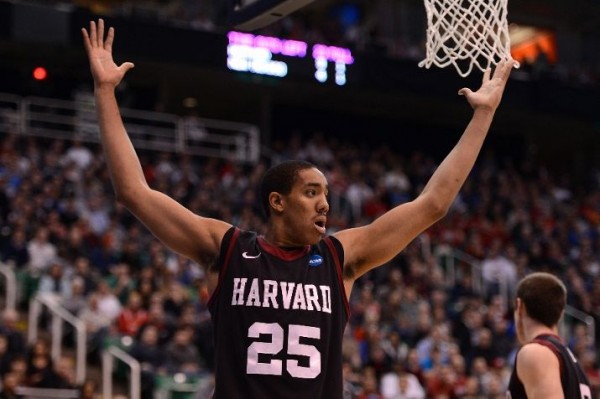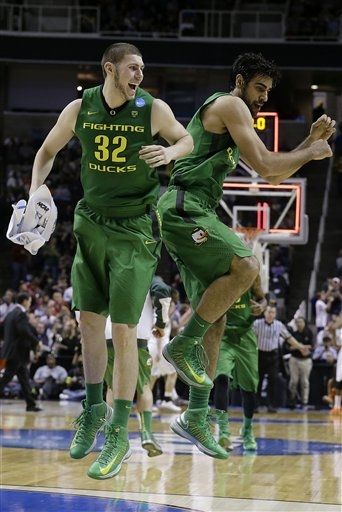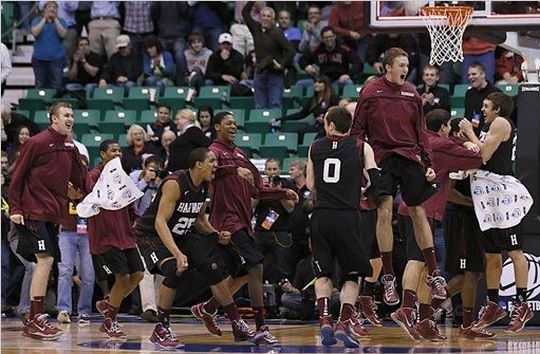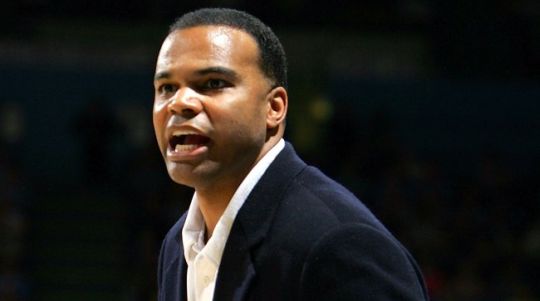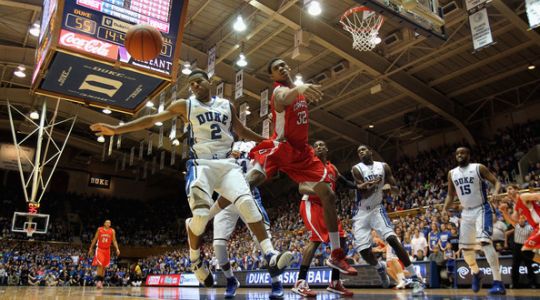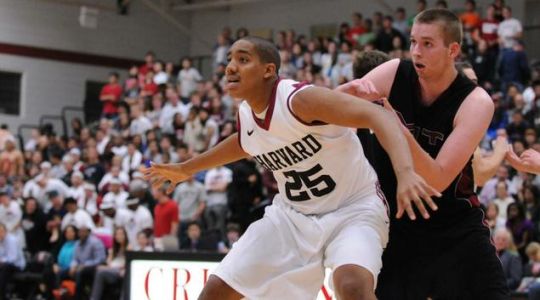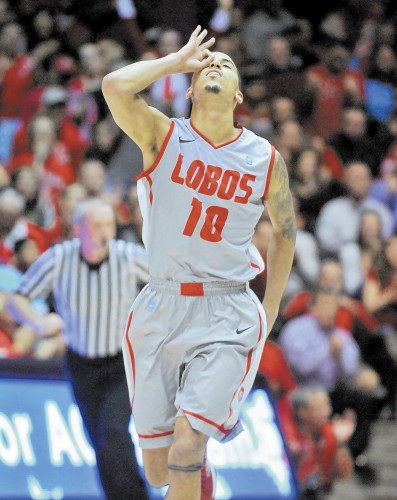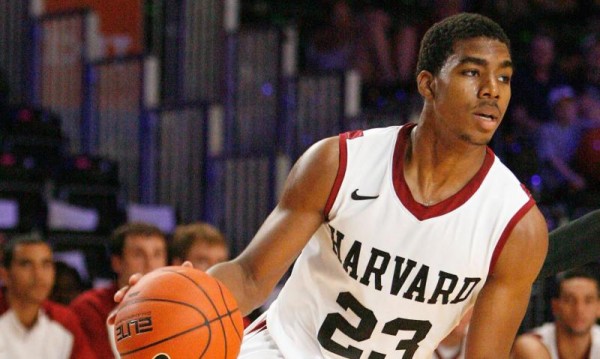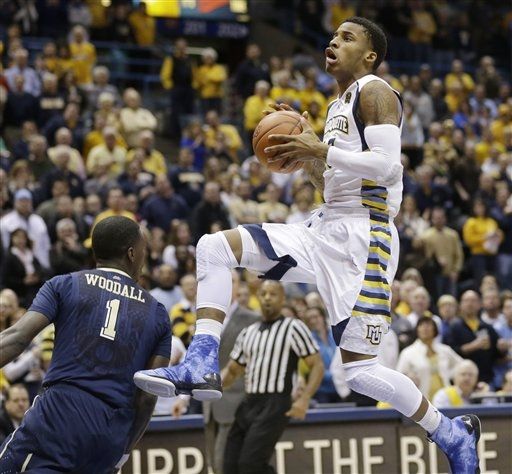Posted by Chris Johnson on March 4th, 2013

Chris Johnson is an RTC Columnist. He can be reached @ChrisDJohnsonn.
The Weekend’s Lede. March’s First Weekend. The regular season is whittling down to it climactic end. After this weekend’s bloated weekend of excitements, where many a conference race were won and lost, only one more weekend remains before conference tournaments begin. The regular season has been filled with excitement and unlikely drama, so in one sense it is devastating to face the end-of-regular-season music. The nearing of conference and NCAA Tournaments is what I like to call the ultimate silver lining to that dour sentiment. That’s right: check your calendars. The Tournament, and the mini tournaments leading up to it, are coming to a TV near you. And soon. What I’m really trying to get at here is that as grim as the prospect of a Saturday afternoon with zero college hoops on tap may be, the treat at the end of the calendar will arrive at a moment’s notice. One phase (the regular season) gives way to a better one (the postseason). That turning point isn’t here yet, so in the meantime we’ll stop by and examine some of the hardwood happenings in various leagues around the country. All systems go:
Your watercooler Moment. Ryan Kelly Helps, a Lot.
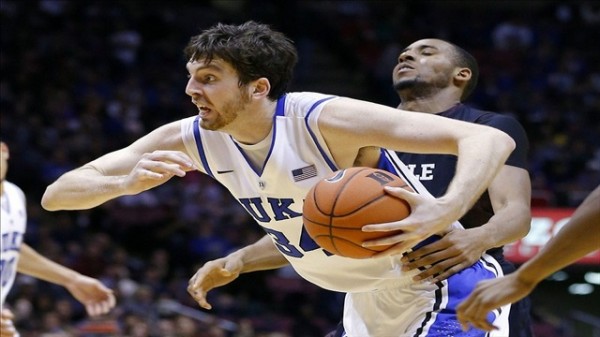
The return of Kelly was the deciding factor in Duke’s ACC bout with Miami (USA Today Sports).
Whenever someone would mention Duke’s chances of advancing into the deep rounds of the NCAA Tournament, or its seeding prospects, they talked about Duke in two forms. With Ryan Kelly, the Blue Devils are undefeated with wins over Kentucky, VCU, Louisville, Minnesota, Ohio State, Temple and Davidson. Without him they’re not the same team, both empirically and wins-wise, and a mixed run through the ACC underscored the impact of Kelly’s absence on Duke’s collective unit. The conversation loomed as Duke took road losses at NC State, Miami, Maryland, and most recently, Virginia. No one doubted whether Duke would improve with Kelly in the lineup, only whether they could improve enough to regain their nonconference form or, in the most skeptical corners of ACC message boards, whether Kelly would return at all this season. And even if he did return, how much could we reasonably expect from an unconventional 6’ll’’ stretch four with a history of nagging foot injuries? The answer to that question came Saturday. Kelly returned to the Blue Devils just in time for a titanic ACC clash with Miami, who embarrassed the Blue Devils in Coral Gables in their first matchup in January. To say Kelly returned would be like saying Willis Reed “returned” from a torn thigh muscle for game seven of the Knicks’ NBA Finals series with the Los Angeles Lakers. Kelly didn’t just return. He stole the show: 36 points on 10-of-14 shooting in a game that Miami kept close throughout, and was only sealed when Shane Larkin and Rion Brown missed game-tying threes as time expired. It’s unreasonable to bank Kelly for 30 points on any given night. I could even see him sitting out, or playing sparse minutes, in Duke’s two remaining regular season games. If his foot isn’t fully healed, he may need the extra rest to gear up for the NCAA Tournament. What matters is that Kelly is back, and Duke can start working on trending back towards the clear-cut No. 1 team that ruled the hoops landscape in November and December.
Also Worth Chatting About. Big East Contenders Handle Business.
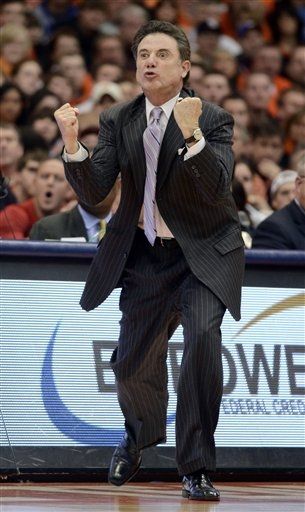
A midseason Big East panic is a distant memory after Louisville won at Syracuse Saturday (AP).
At the top of the Big East standings, a glut of variously capable teams has positioned itself within striking distance of the conference title at different stages this season. Syracuse and Louisville were the obvious favorites entering conference play, and teams such as Marquette, Pittsburgh and Notre Dame have looked threatening on occasion. The picture has remained muddy for a while now – as it should in a league as naturally competitive and unpredictable in the Big East. As the conference schedule wanes, time and gradual attrition has sliced the pool of realistic challengers into a formidable trio: Georgetown, Louisville and Marquette. The most surprising exclusion expedited its exit on Saturday afternoon at the Carrier Dome, where the Orange engaged in a low-scoring tussle, eventually falling on the wrong end of Louisville’s payback effort from the Orange win at the KFC Yum! Center earlier this season. You may or may not have realized, but the victory was Louisville’s fifth in a row since that devastating 5 OT loss at Notre Dame, the only one of which had any real consequence. The Cardinals are once again locking teams down with the nation’s No. 1 efficiency defense, getting just enough on the other end from Peyton Siva and Russ Smith and peaking just in time for the postseason. With Marquette holding serve against the Irish on Saturday just a week after knocking off the Orange at home, the Golden Eagles stand tied with Louisville in the Big East table, with Georgetown holding down first place after its win over Rutgers Saturday night. Syracuse’s three-game skid essentially dashes its league crown hopes, but more importantly it gives the Orange two straight defeats in their previously unassailable home gym and three straight losses overall. The Orange, strangely enough, are officially vulnerable at home, and officially on the outside of the conference title chase looking in as they round out their last hurrah in the Big East.
Read the rest of this entry »
| after the buzzer, Regular Features
| Tagged: akron, arizona, arkansas, baylor, boise state, boston college, buffalo, butler, cal, colorado, colorado state, creighton, duke, feature, georgetown, georgia, harvard, indiana, iowa state, kansas state, kentucky, louisville, marquette, miami, michigan, michigan state, mississippi state, new mexico, notre dame, oklahoma, ole miss, princeton, rutgers, syracuse, tennessee, ucla, vcu, virginia, wichita state, wyoming
Share this story






























